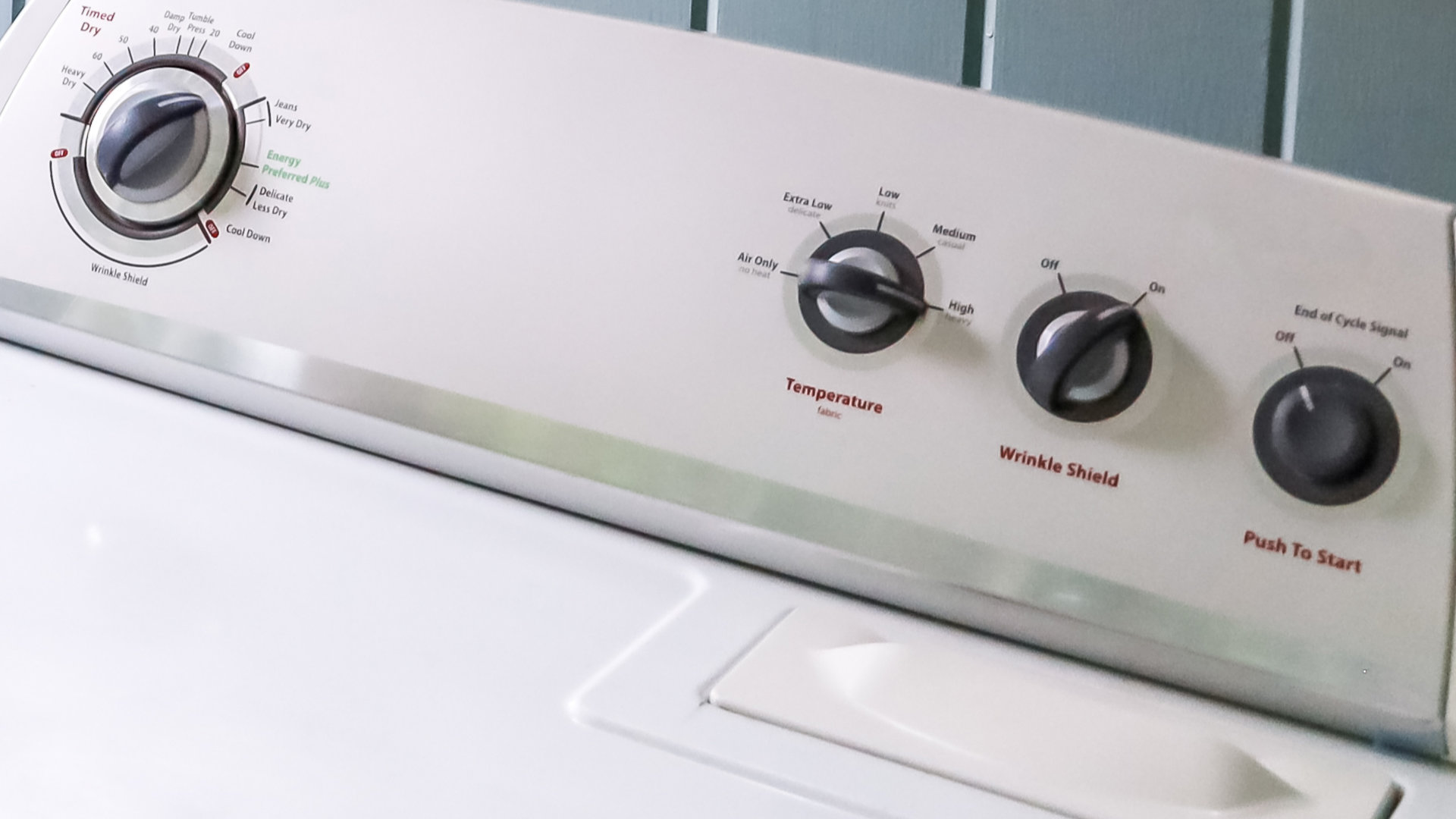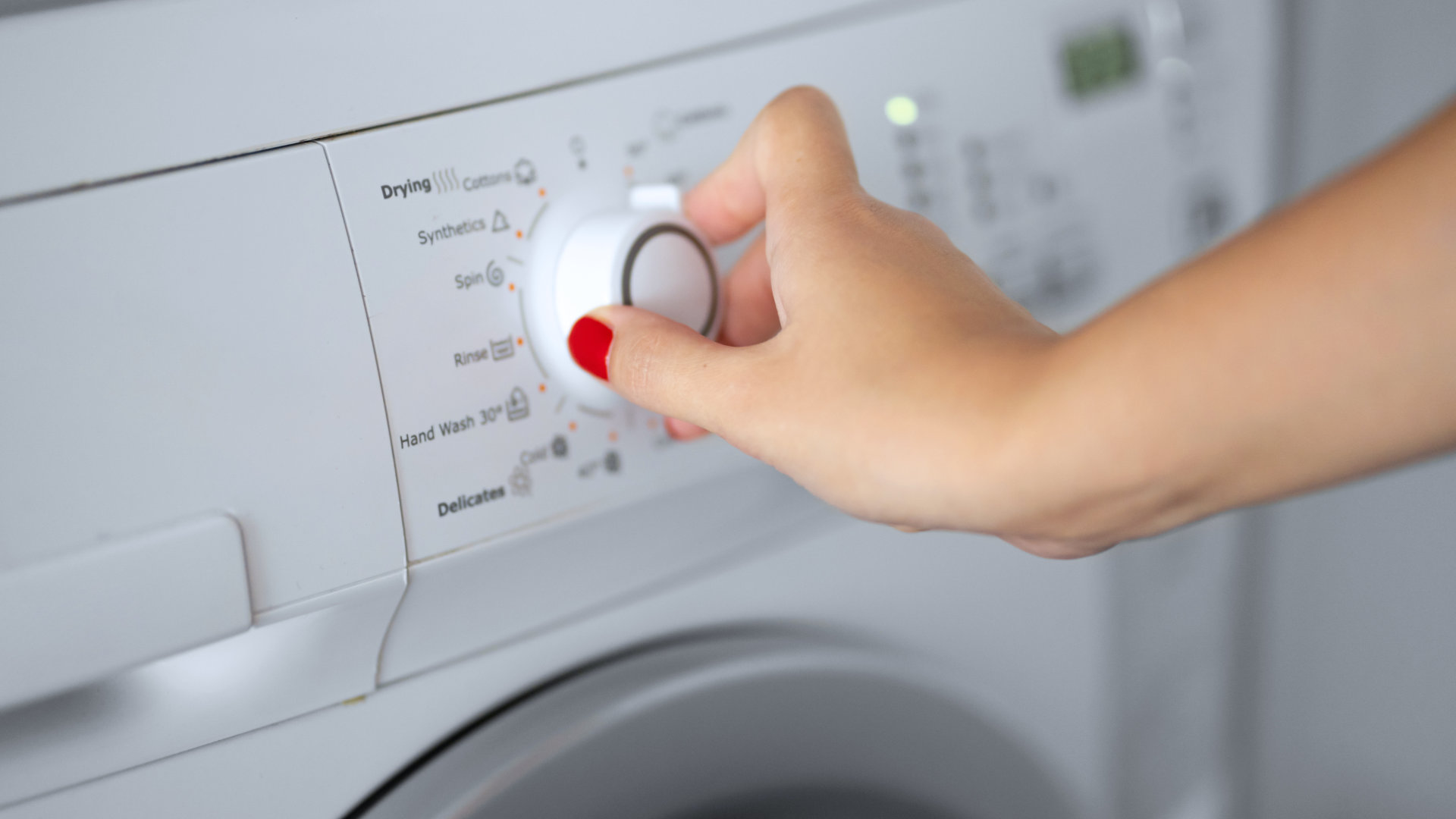
A washer that will not drain usually has a blocked drain hose or a problem with the pump. Other causes can vary depending on the type of washer that you have. For instance, if the washer’s pump is driven by a belt, the belt may be worn-out and need replacing. If the washer has a drain pump filter, cleaning the filter may solve the drainage issue.
Follow the steps below to troubleshoot and fix a washer that will not drain.
Step 1: Check the drain hose
If the washer will not drain, the first thing to check is the drain hose. If the drain hose is kinked or clogged, the washer will not be able to drain.
If you think the drain hose might be clogged, it can be disconnected from the rear of the washer and checked. If the drain hose is clogged, a drain snake tool, a commercial drain cleaner, or baking soda and hot water can be used to clear it.
You should also make sure that the drain hose is positioned according to the washer manufacturer’s specifications. In most cases, with a top-load washer, the drain that the hose goes into needs to be at least 30 inches above the ground and less than 8 feet high. With a front-load washer, the drain needs to be at least 24 inches above the floor and less than 8 feet high.
For safety, it is a good idea to disconnect the power to the washer before removing the drain hose.
Step 2: Check the coin trap
Some washers have a coin trap that acts as a filter to stop foreign items from clogging up the washer and causing a drainage issue. If your washer has a coin trap, make sure it is empty and give it a good clean using soap and water.
Step 3: Check the drain pump filter
Some more modern washers have a drain pump filter that is accessible by opening the small panel on the bottom-front of the washer. Once the panel is open, you should see the filter and a small drain hose.
- Have a towel and medium-sized container ready to collect water.
- Pull out the small drain hose, and while holding it over the container, remove the cap to allow water to drain out.
- Remove the filter, usually by turning it counterclockwise.
- Thoroughly clean the filter, removing all debris.
- Reinsert the filter and put the drain hose back. Then, close the panel.
Step 4: Check the drain pump
The drain pump with top-load washers is located underneath the tub and will require either a front or rear access panel, usually the front panel, to be removed to access it. Putting the washer on its back will often provide the best access.
The drain pump with front-load washers is also located underneath the drum and will require the removal of either a rear or front access panel, depending on the type of washer. With many front-load washers, the front panel of the washer will need to be removed.
Make sure to disconnect the power and turn off the water supply to the washer before accessing the drain pump.
Once you have accessed the drain pump, check that the impeller can turn freely. If the impeller cannot turn freely, the drain pump likely needs to be replaced. Next, check that the impeller is not damaged. If it is, it will need to be replaced as it is likely causing the drainage issue.
After checking the pump’s impeller, inspect the pump for debris that is clogging up the pump.
If you think the pump could be defective, it should be checked for continuity with a multimeter. Signs of a defective pump include the washer not draining, the impeller not turning freely, and the pump making a lot of noise when operating.
To test the pump with a multimeter, it will need to be removed from the washer. There are a few different types of washer pumps, but, typically, you will need to disconnect the drain hose from the pump, disconnect a wiring harness, and remove clamps or screws that secure the pump.
With the pump removed from the washer, the multimeter probes should be placed on its terminals, and a continuity test performed. A voltage test can also be performed, with most drain pumps requiring 120 volts to run.
If you discover the pump is defective, it should be replaced to fix the drainage issue.
Step 5: Check the pump’s hoses for a blockage
If you have followed the steps above to access and remove the drain pump, you will also be able to check the hose(s) that connect to the drain pump. Sometimes, small foreign items or debris get through the washer’s filters and block up the internal hoses of the washer.
Make sure the power is disconnected before accessing the internal hoses of the washer.
Step 6: Check the water pump belt
If you have an older washer, it may have a belt that drives the pump. If the belt is worn-out or stretched, it will not be able to effectively drive the pump, which means the washer cannot drain.
The belt is usually located at the base of the washer and will require the removal of the front or rear access panel to locate it. If the belt appears worn or stretched, it should be replaced to fix the drainage issue.
Make sure to disconnect the power before accessing the pump belt.
Step 7: Check the door or lid switch
Front-load washers usually have a door switch, while top-load washers have a lid switch, which requires the door or lid to be closed for the washer to operate. Most washers will not drain if the door or lid is not closed. If the door or lid switch is faulty, it could be telling the washer’s control board that the door or lid is open when it is not.
Both switches can be tested with a multimeter for continuity to determine if they have failed and need to be replaced.
Conclusion
By following the steps above, you should be able to diagnose and fix your washer’s drainage problem. If the steps above fail to fix the issue, it is likely time to call a trained technician to troubleshoot the fault.

How to Reset a Whirlpool Refrigerator Ice Maker
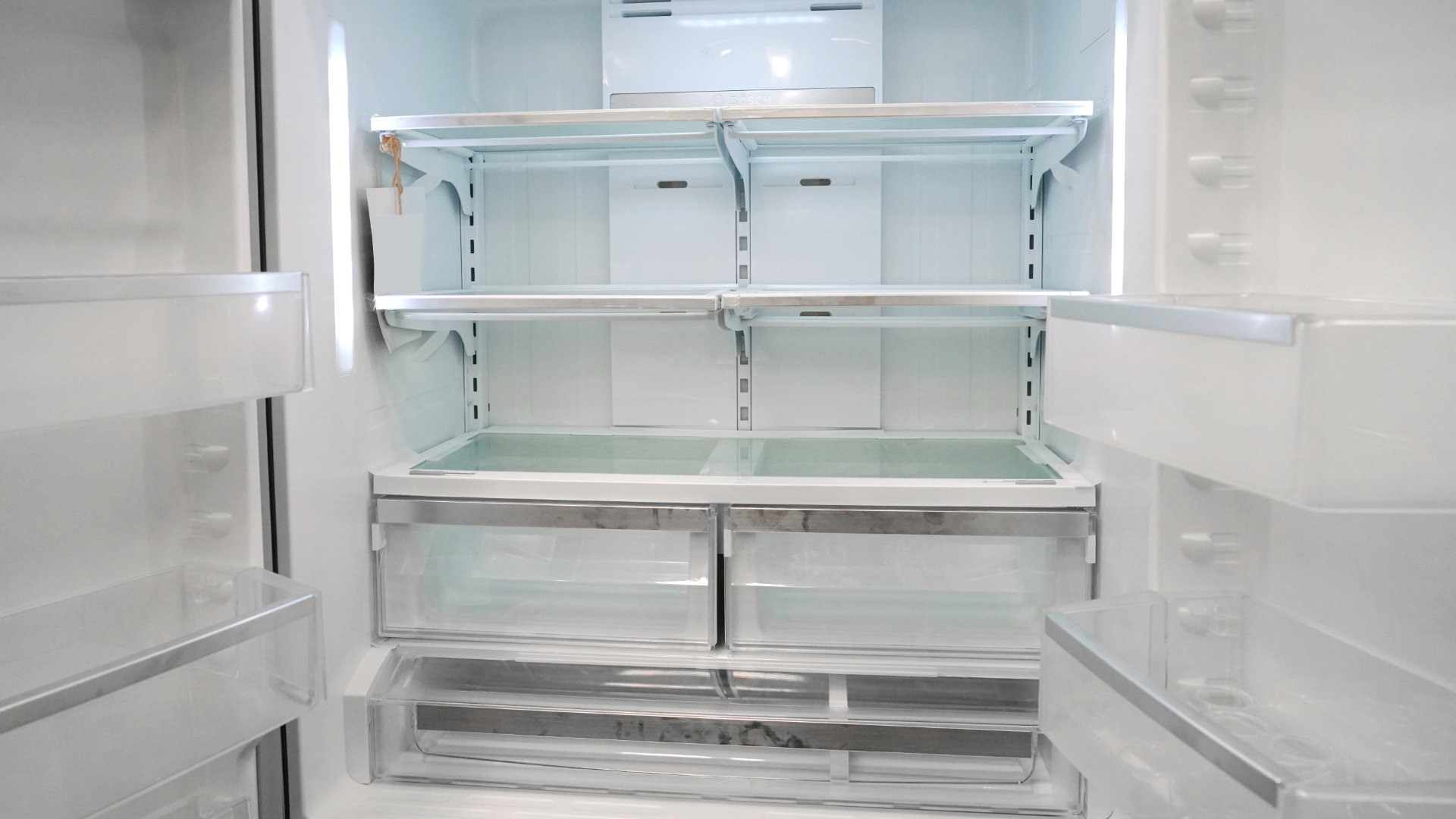
6 Reasons Your LG Refrigerator Is Not Making Ice

Kenmore Fridge Ice Maker Not Working? 5 Ways to Fix It

How to Remove Fish Smell from Your Refrigerator
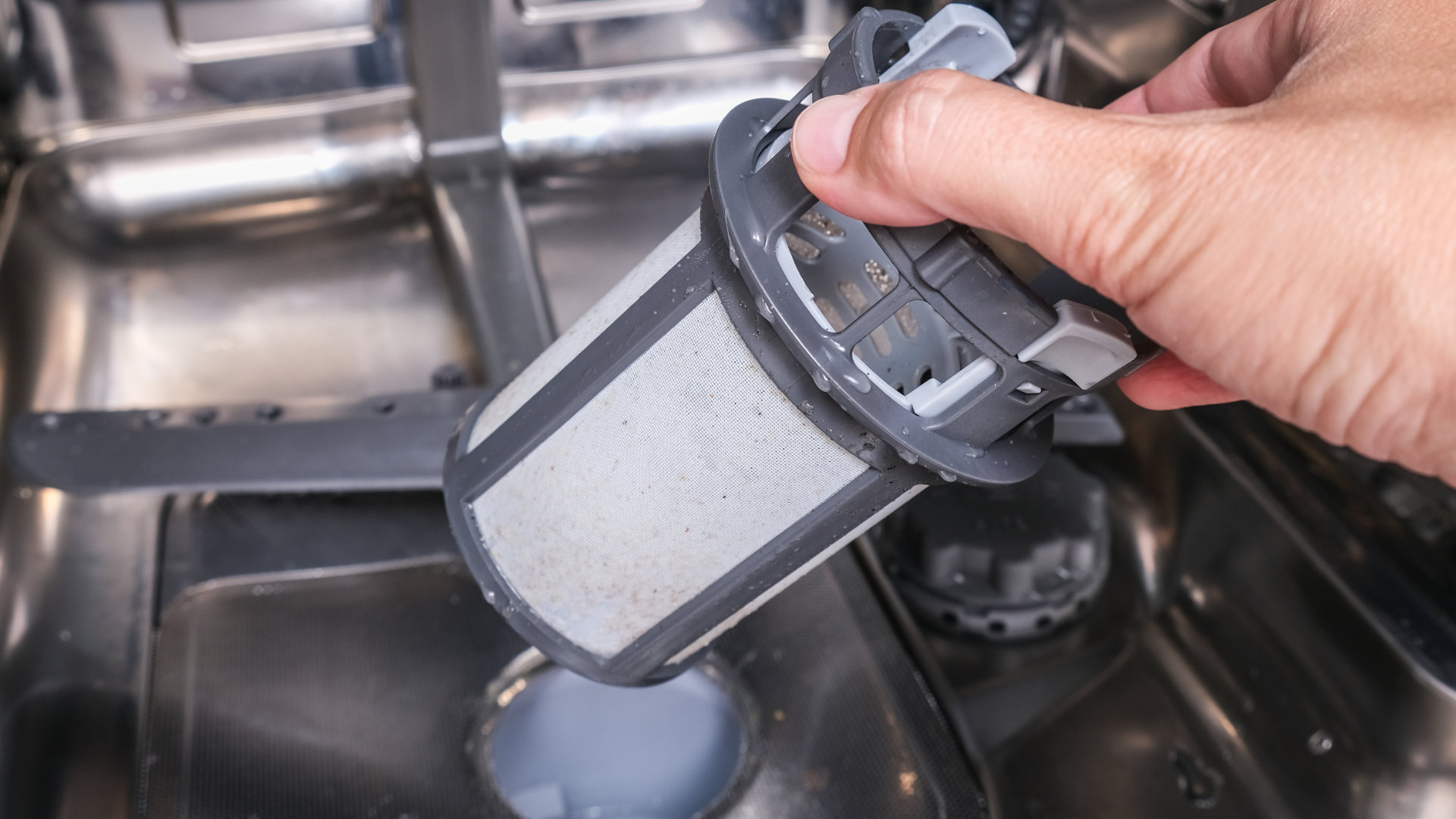
How To Fix Bosch Dishwasher E24 Error

Troubleshooting a Whirlpool Dishwasher Not Draining
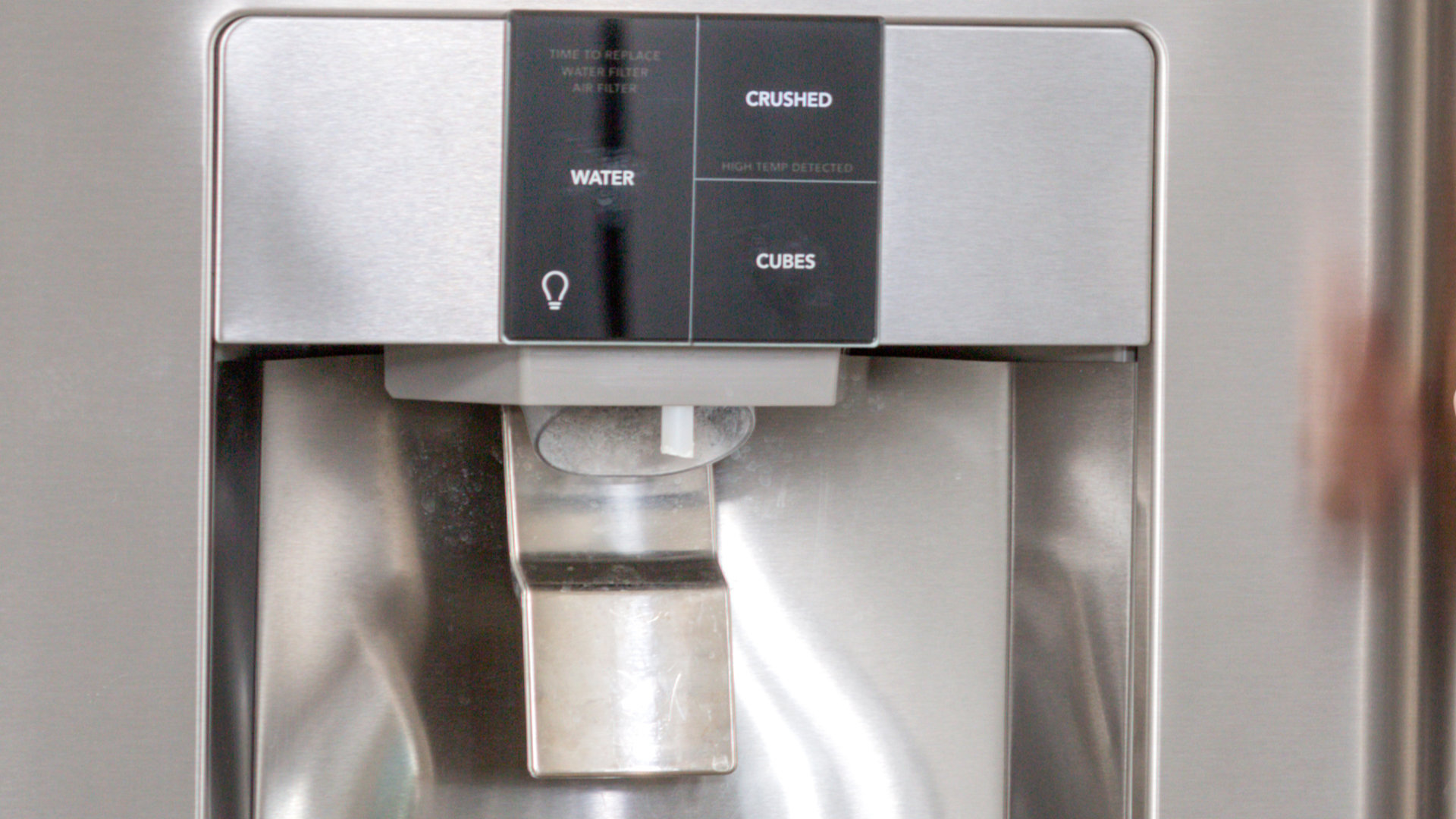
Why Is Your Fridge Water Not Working, but Ice Is?
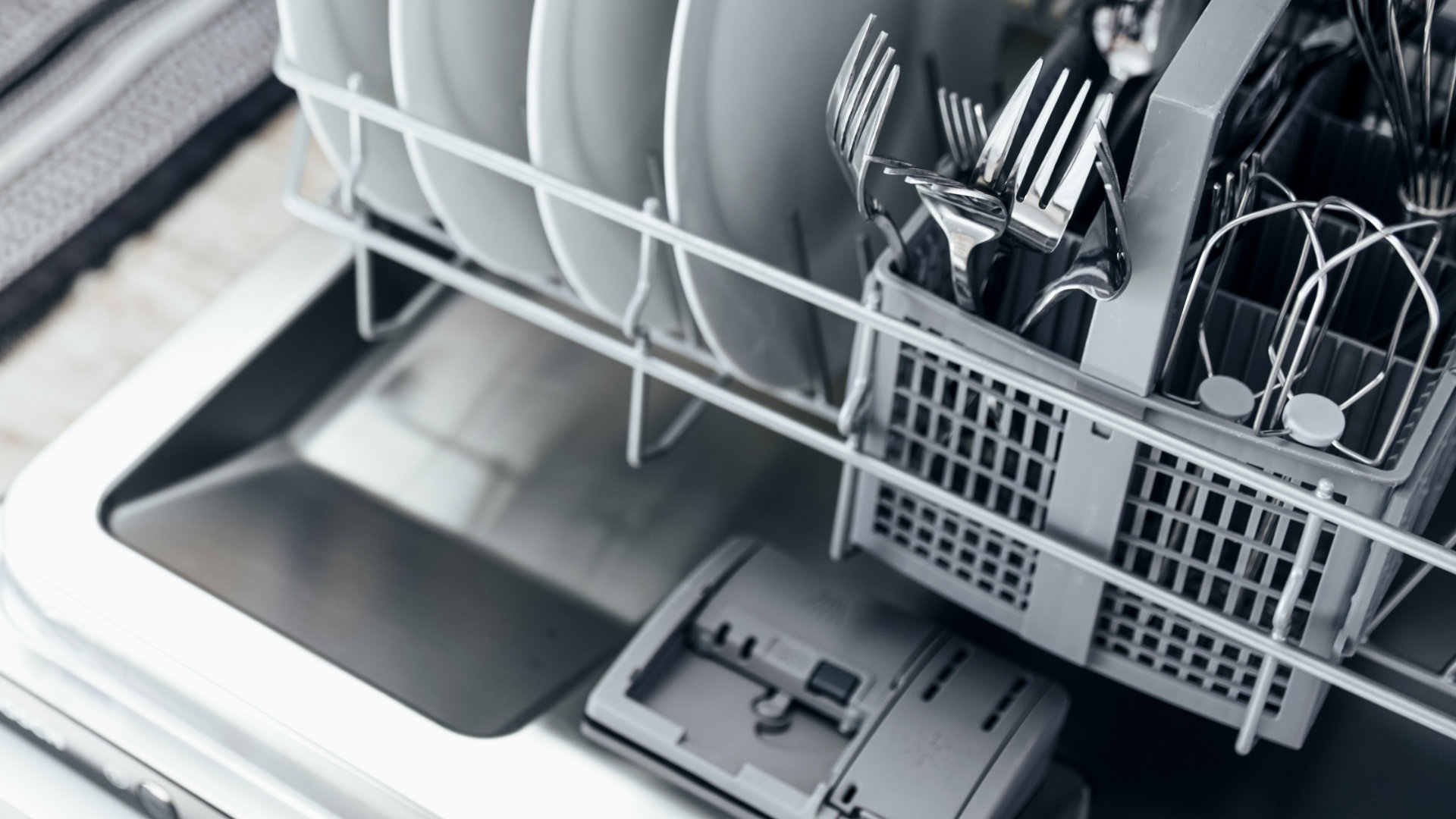
How to Fix the E15 Bosch Dishwasher Error Code
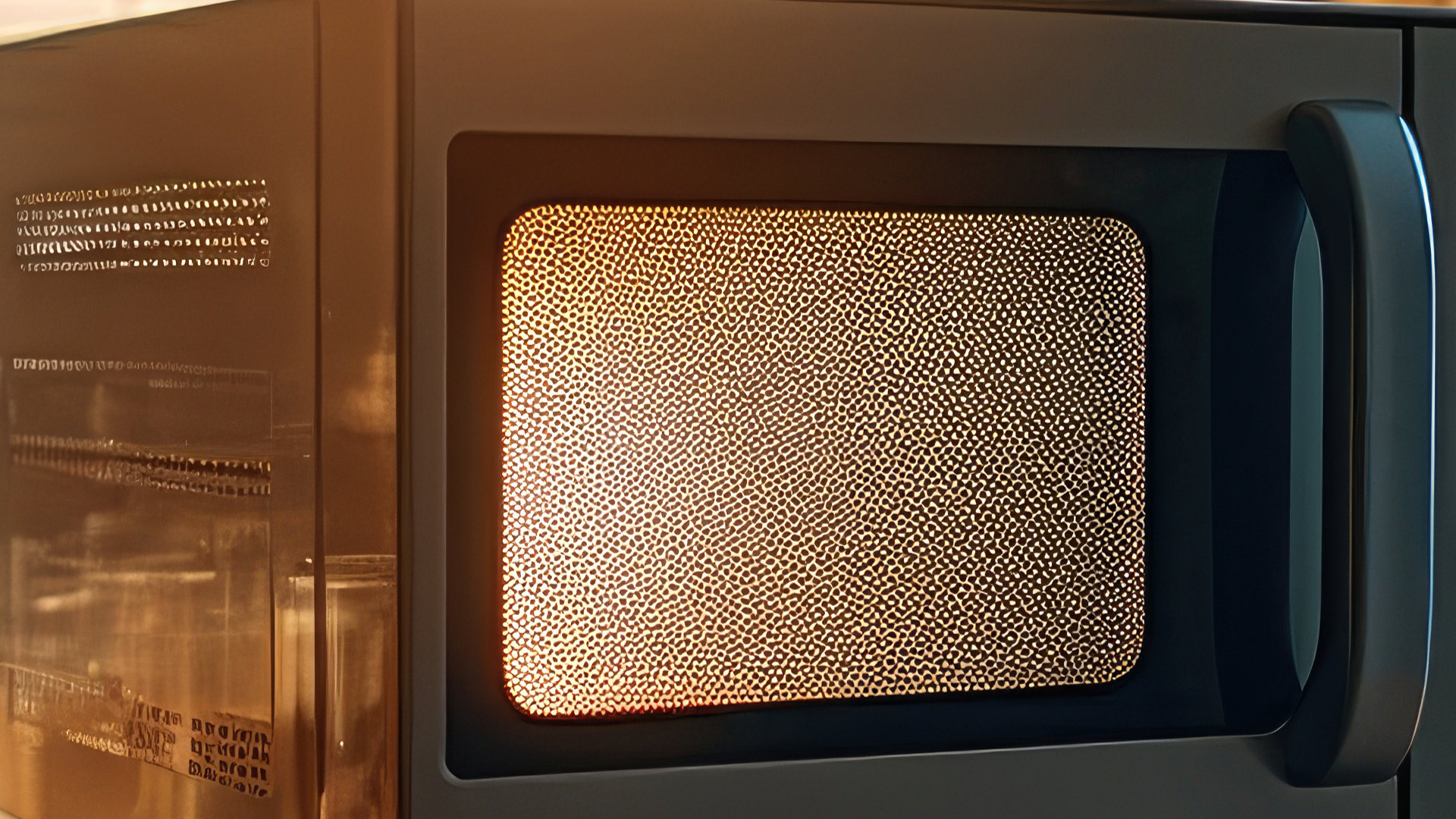
How Much Power Does a Microwave Use?
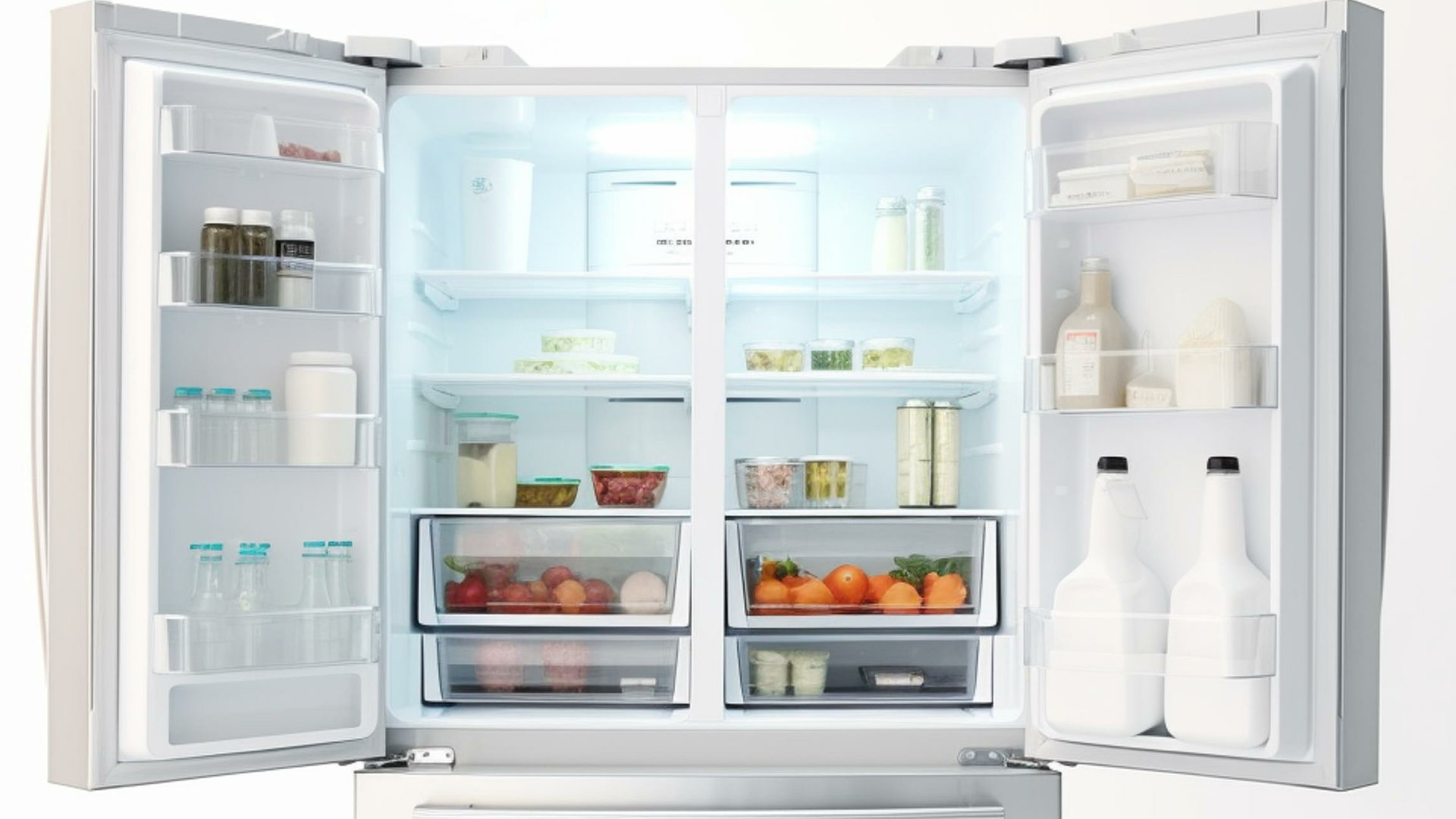
How to Properly Clean Refrigerator Coils
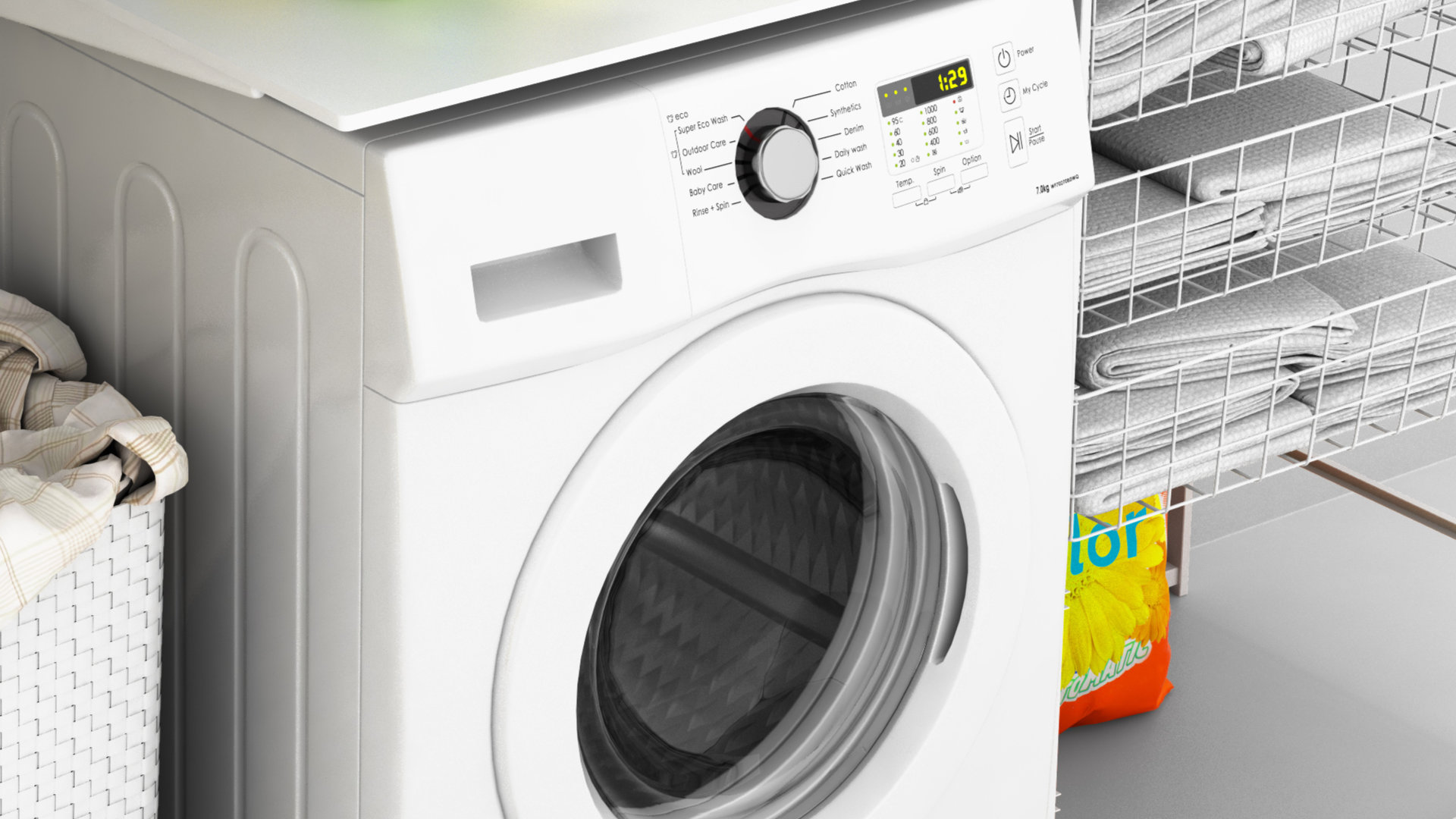
How to Fix an LG Washer Showing OE Error Code
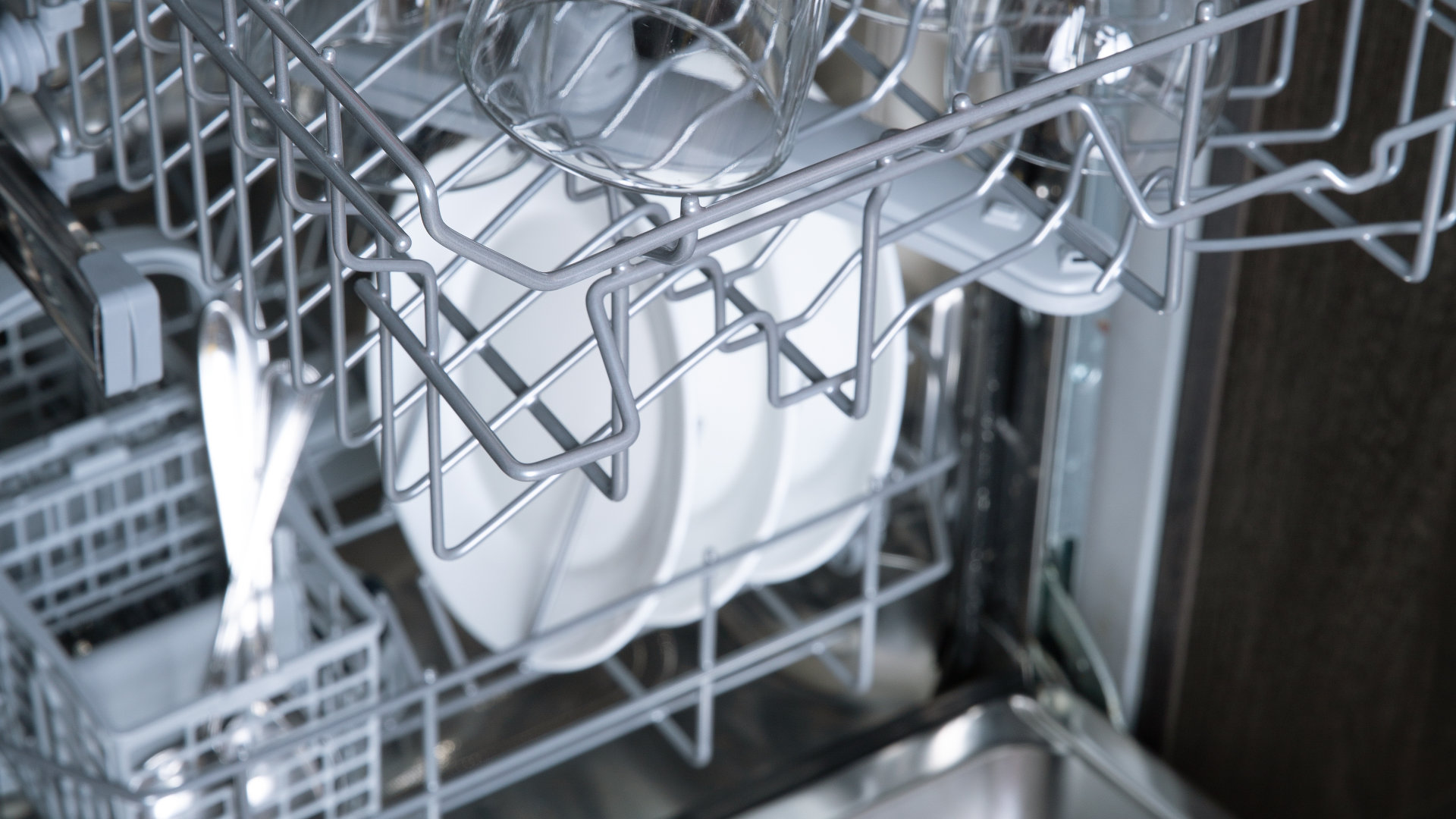
Troubleshooting a GE Dishwasher with No Power and No Lights
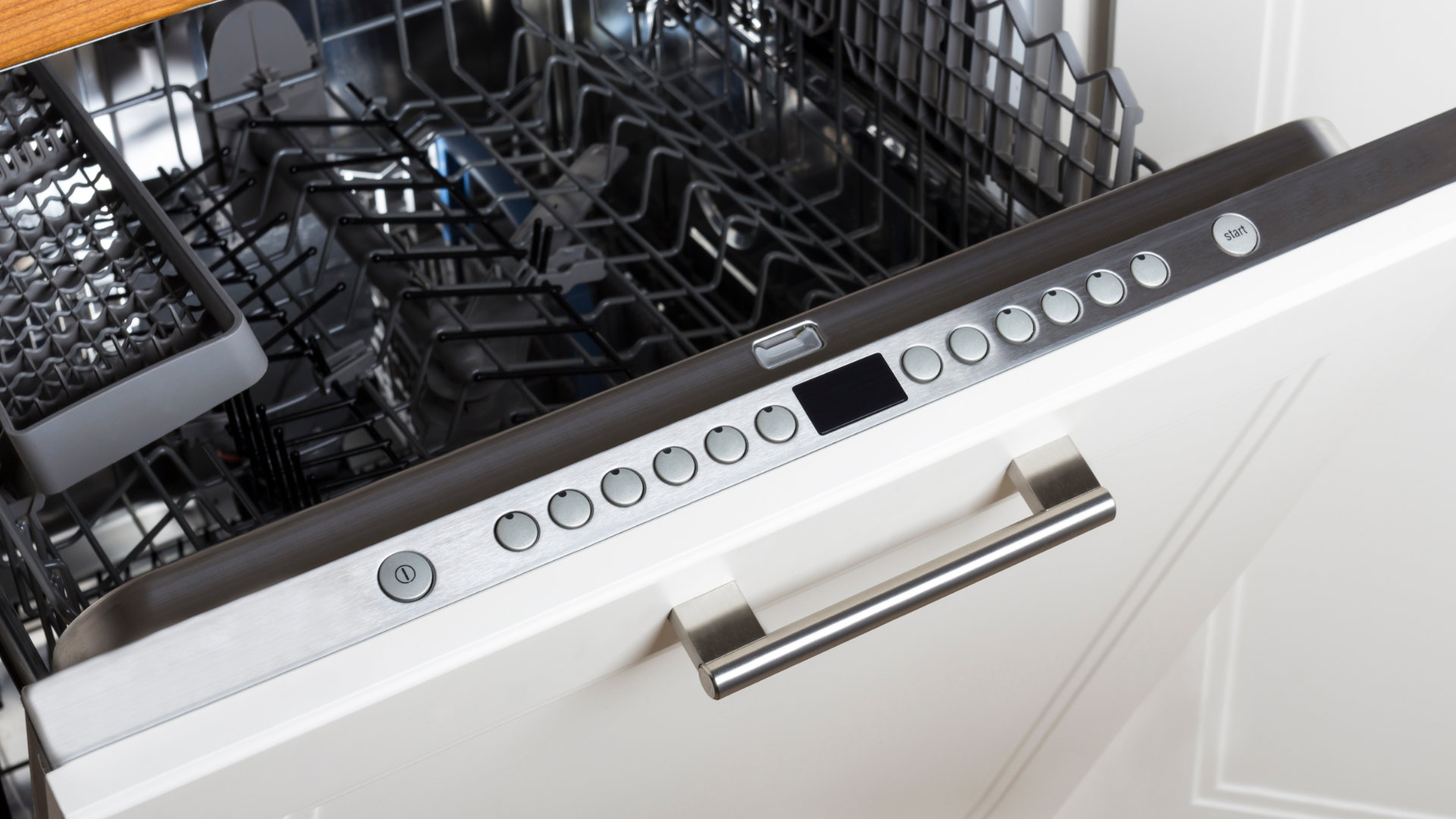
10 Reasons Why Your Bosch Dishwasher Won’t Start
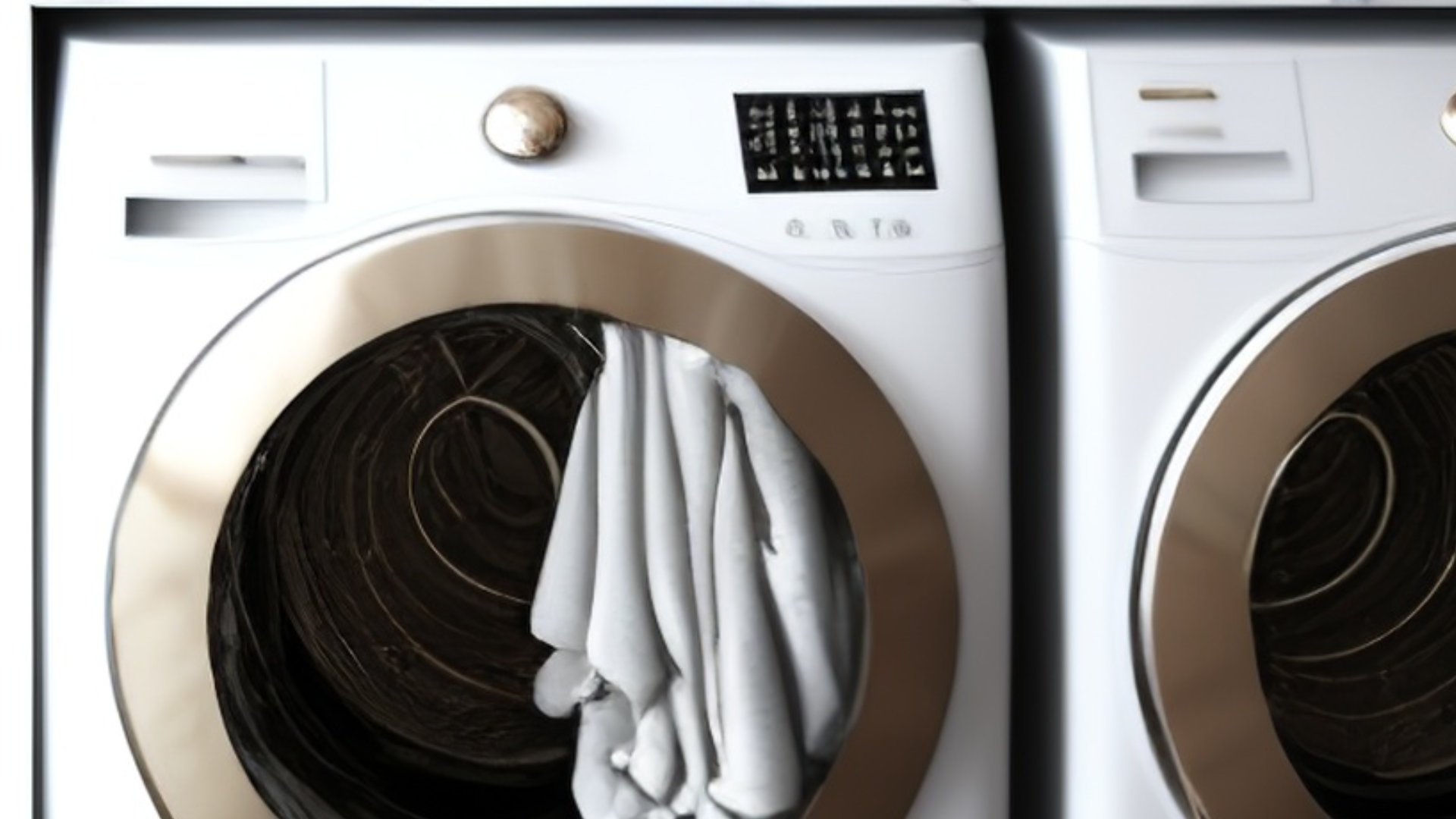
Troubleshooting the F5 Error Code with a Maytag Washer
